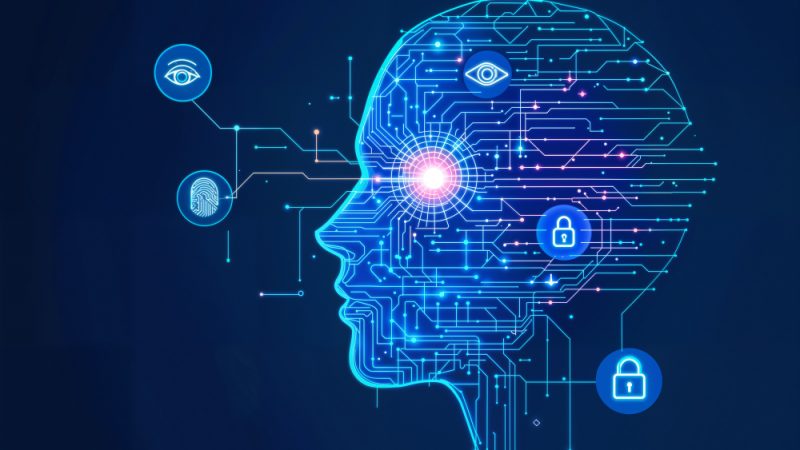What are the most important features of blockchain technology?

Blockchain technology may be one of the most significant innovations since the internet. The technology initially invented to support Bitcoin is now being used for everything and stands to change the way we do business on an enormous scale.
Blockchain has the potential to improve various industries dramatically, but it is relatively new and not widely understood.
This article breaks down the most important features of blockchain technology, so you can learn more about why it has become so popular in recent years and how it might be able to benefit your transaction needs.
What is Blockchain?
Blockchain is a shared, incorruptible digital ledger that can efficiently record virtually everything of value.
The basic concept behind Blockchain is simple. Rather than a centralized ledger, it uses a distributed ledger to efficiently manage transactions between multiple parties in a verifiable and permanent way.
Maodong Xu explains that blockchain ledgers consist of blocks that store batches of individual transactions, with each block referring to the previous one in a cryptographically protected chain. This structure makes blockchains potentially suitable for recording information other than financial transactions — including medical records, identity management, and intellectual property rights (IPRs).
A Google Doc is a well-known analogy for understanding blockchain technology.
Working on a project in Microsoft Word requires a lot of back-and-forths. A person works on a document, and the recipient must wait for the author to send the file before making changes or adding comments.
Comments, notes, and other modifications made to the document are only visible to the person working on it at a particular instance.
However, using Google Docs, the author and everyone else sharing the document may see the file and participate in real-time.
Participants who have access to the document can view, comment, suggest modifications, and even the revision history is open to all viewers.
No one can dispute what has been seen and entered, and no one can make a change without everyone seeing it.
Of course, Blockchain is more complex than a Google Doc, but the analogy is effective in showing the three key features of the technology:
Immutability
A defining feature of a blockchain is its immutable nature, meaning that any data which has been recorded cannot be modified or deleted.
Unlike centralized databases, where information can be changed by a single administrator, with Blockchain, every user must agree before any information can be changed.
Enhanced Security
Another feature of blockchain technology is security. With traditional systems, databases have credentials (username and password) assigned to users that grant them access rights over certain parts of those databases. If these credentials are obtained via hacking, an attacker could gain access rights over sensitive information. But with Blockchain, users can only add records to a chain after verifying their identity by following specific protocols, making it extremely difficult for malicious hackers to corrupt data or infiltrate systems without getting caught.
Decentralization
Blockchain is a decentralized system, meaning no single entity (like a bank) has control over its use.
In fact, anyone can become a node on a blockchain system—if you can access and download it.
The decentralized nature ensures that no one entity controls any data on any given network, which keeps everyone honest and accountable for their actions. It also makes modifying or deleting records nearly impossible because all nodes have to approve any changes before going into effect.
Click here to move liquidity across any chain.
Consensus
As with any form of information sharing, there must be a way to maintain a common understanding among users; that’s where consensus mechanisms come in. These methods allow multiple users to agree on how blocks can be added to a chain while deterring malicious actors from undermining it.
Blockchain relies on cryptographic hashing and its proof-of-work algorithm as consensus mechanisms. These protocols require peer participation and help secure transactions through public-key cryptography, providing proof that they are not being altered or hacked. It also serves to verify account balances within a network. This means that no one party can overstep their bounds—meaning no one can add fake entries into a ledger without being discovered by other users.
The reality is that every transaction comes at some expense, which means there’s a value placed on ensuring their authenticity.
Conclusion
Blockchain technology isn’t merely a fad that people can easily dismiss. We can confidently assume that, with all of its capabilities and applications, Blockchain has the potential to revolutionize the world.






